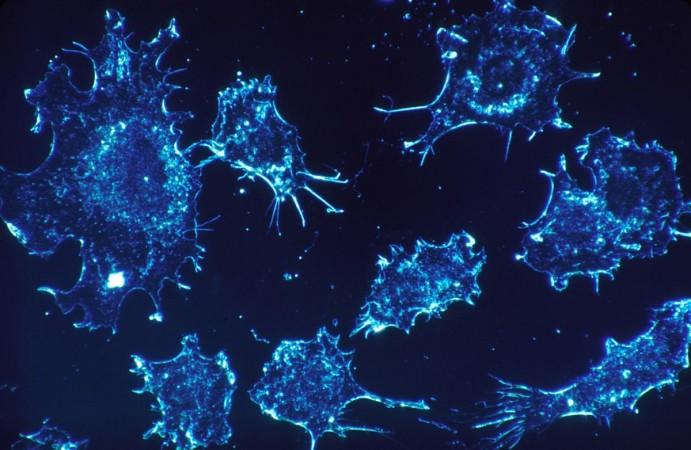With over 9.6 million causalities every, cancer is the second leading cause of death in the world. It is an unbiased killer that targets individuals of all ages indiscriminately. While decades of research have helped unravel many of the diseases' secrets, much remains to be learnt about it. Now, scientists have discovered considerable differences between the molecular features of several types of cancers in younger and older patients.
According to a new study by researchers from Weill Cornell Medicine, tumors in younger individuals exhibit dysregulated and advanced signs of aging. It was also found that tumors in younger patients had an increased number of mutations associated with disease aggressiveness and contained higher immune infiltration when compared to tumors of older patients. The findings of the study were published in the journal Cell Reports.
"Our study is the first to investigate distinct age-related differences in tumor characteristics across a broad range of cancers. The findings demonstrate that we should think about younger and older patients as having different diseases and therefore, treat them differently," said Dr. Olivier Elemento, senior author of the study, in a statement.
Age and Cancer

It is widely accepted that the risk of cancer increases with age. However, over the past few years, a rise in the incidence of cancer among adolescents and young adults has been observed. The most common among these are breast, colorectal, connective tissue, genital tract, skin, and thyroid cancers.
However, the survival rates between patients developing cancer at a younger age and those late in their lives are varied. "The insight that younger patients usually survive longer than older patients with the same cancer types inspired us to investigate age-related genetic differences in tumors," stated Dr. Akanksha Verma, co-first author of the study.
To evaluate the differences in tumor types based on age, the team turned to The Cancer Genome Atlas (TCGA), an extensive databank of genomic, epigenomic, transcriptomic, and proteomic data on primary cancer tumors. Healthy tissue samples across 33 cancer types were also matched.

This led to the identification of 16 cancer types with considerable variations in the overall survival between older and younger patients. Following this, the list was further narrowed down to six cancer types with the most noticeable differences in gene expression among older and younger patients: breast, lung, ovarian, thyroid and uterine cancers, and gliomas (a form of brain cancer). Based on tumor type, the age ranges for the two groups of patients differed.
Differences in Younger Patients
It was observed that tumors in younger cancer patients exhibited advanced signs of aging. The authors discovered that the biological ages of tumors from younger patients was higher than the progressive age of matched healthy tissue as measured by tags known as DNA methylation marks. These epigenetic marks modify gene expression and change with age.
The researchers also gleaned that younger patients' tumors possessed a larger number of senescent cells—cells with ceased division but have not undergone death—when compared to tumors found in older patients. Along with being associated with inflammation and aging, senescent cells are believed to play a role in the development of cancer.

Importantly, in comparison to tumors from older cancer patients, those from younger patients had a higher number of mutations related to aggressiveness of the disease and harbored an increased amount of immune cells. This indicates that that the immune systems of younger patients launch a more robust response against cancers with higher lethality.
Potential Therapies
Armed with the new findings, the team next aimed to determine which therapies may aid in addressing the gene mutations that were more frequently noted in the tumors of younger patients. For this, they conducted a drug survey utilizing the Drug-Gene Interaction Database (DGIdb). This resulted in several matches that were encouraging.
Some of the multiple potential therapeutic options to treat younger patients that emerged were everolimus (a mechanistic target of rapamycin inhibitor), pembrolizumab (a PD-1 immune checkpoint inhibitor), ruxolitinib (a JAK2 inhibitor), and olaparib and rucaparib (PARP inhibitors). "Overall, our study shows we should extend the concept of precision medicine to include age. We hope it may serve as a blueprint for future clinical studies stratified by age," concluded Dr. Elemento.

















